- Wondering how to get Monopoly GO! free rolls? Well, you’ve come to the right place. In this guide, we provide you with a bunch of tips and tricks to get some free rolls for the hit new mobile game. We’ll …
Best Roblox Horror Games to Play Right Now – Updated Weekly
By Adele Wilson
Our Best Roblox Horror Games guide features the scariest and most creative experiences to play right now on the platform!The BEST Roblox Games of The Week – Games You Need To Play!
By Sho Roberts
Our feature shares our pick for the Best Roblox Games of the week! With our feature, we guarantee you'll find something new to play!Type Soul Clan Rarity Guide – All Legendary And Common Clans Listed!
By Nathan Ball
Wondering what your odds of rolling a particular Clan are? Wonder no more, with my handy Type Soul Clan Rarity guide.
Sid Meier’s Starships Review: Rule the Galaxy
Sid Meier isn’t an acronym for “great strategy games,” but it’s arguably a synonym. As the man who brought us everything from Sid Meier’s Pirates to Civilization, Sid’s impact on the gaming industry can’t be understated. Then again, not everything …
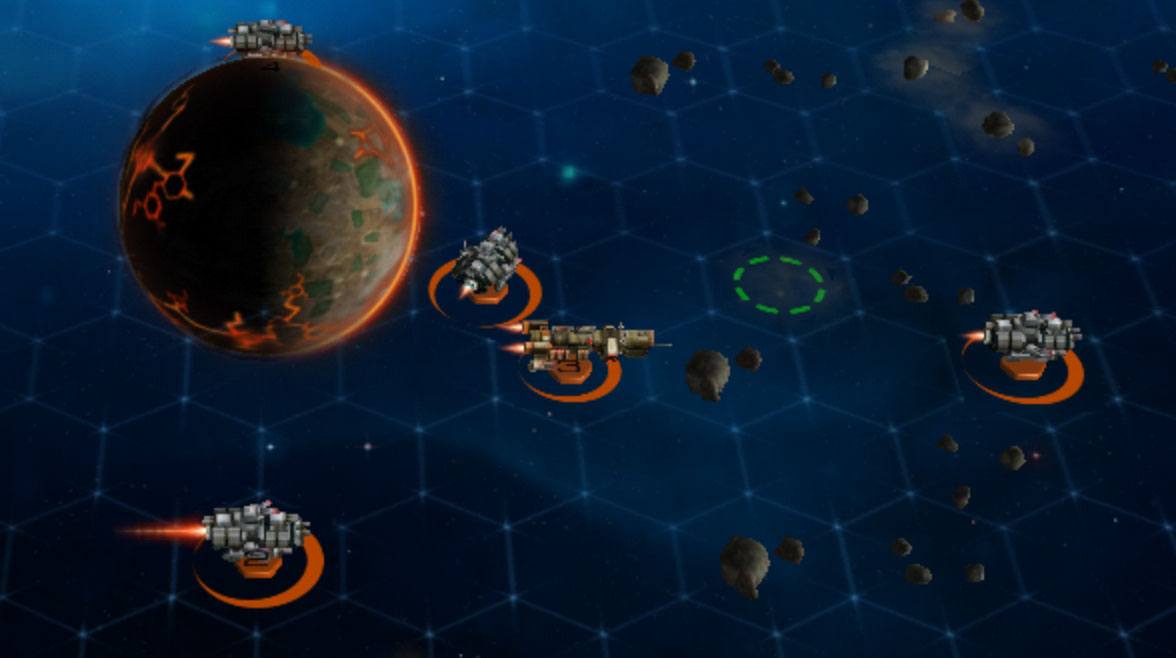
Sid Meier isn’t an acronym for “great strategy games,” but it’s arguably a synonym. As the man who brought us everything from Sid Meier’s Pirates to Civilization, Sid’s impact on the gaming industry can’t be understated.
Then again, not everything he’s put his name on has been a hit. CivWorld failed to wow audiences, and while some of us at Gamezebo liked Ace Patrol, its praise wasn’t universal.
With that in mind, it raises an interesting question of how one approaches Sid Meier’s Starships. Do you come at it with high expectations, born of his past successes? Or with a more balanced approach, taking into consideration his occassional stumbles?
It doesn’t matter. Come in with whatever preconceived notions you like. Sid Meier’s Starships will be a great ride regardless.
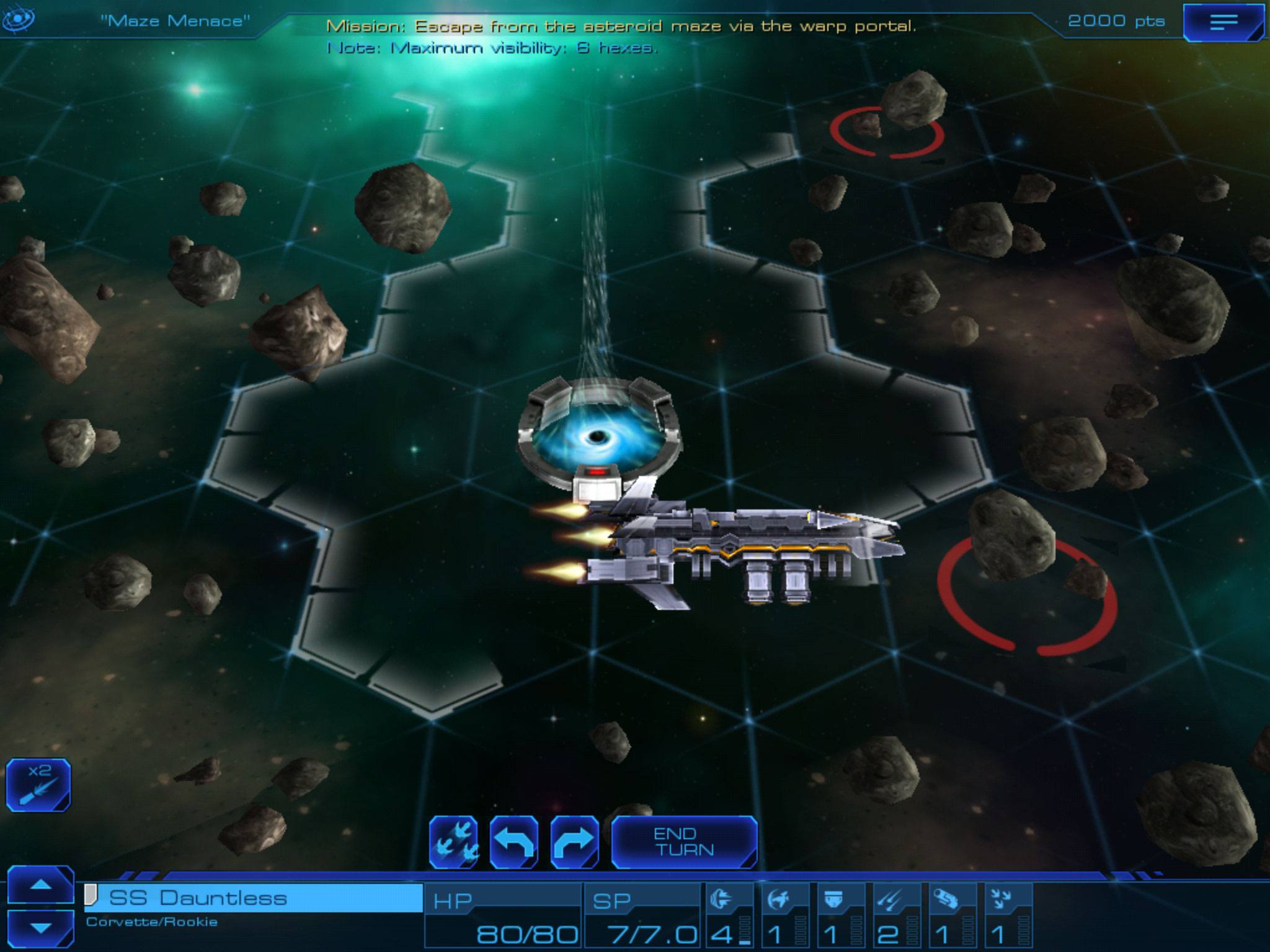
Set in the same world as Sid Meier’s Civilization: Beyond Earth (a 2014 PC game which bore his name, but not his design), Starships leaves the planetary confines of its predecessor and sends players on a journey through the cosmos.
Fans of Civilization will notice similar themes at play in Starships. You’ll acquire territory, build wonders, and negotiate with other supreme rulers — but the way these are done here is vastly different. Starships has the spirit of Civilization, but not the gameplay.
If you’re reading that as a slight, I assure you, it’s anything but. Starships is very much its own creature — yet it’s one that’s learned from Meier’s past efforts and draws on them for inspiration. What results is a game of empire building that’s far more aggressive than his past works. Battles are frequent and, if picked with the right enemy, fierce.
It has the spirit of Civilization, but not the gameplay.
This means that, while you can win with different victory conditions, the secret to Starships’ sauce is building the strongest fleet possible. You’ll buy more ships, bigger engines, and better weapons. You’ll build cities and wonders to help power your war machine. You’ll pick fights with weaker neighbors to control their territories before they can properly defend themselves. In short, you’ll be Space Genghis Khan.
Or, at least, I was.
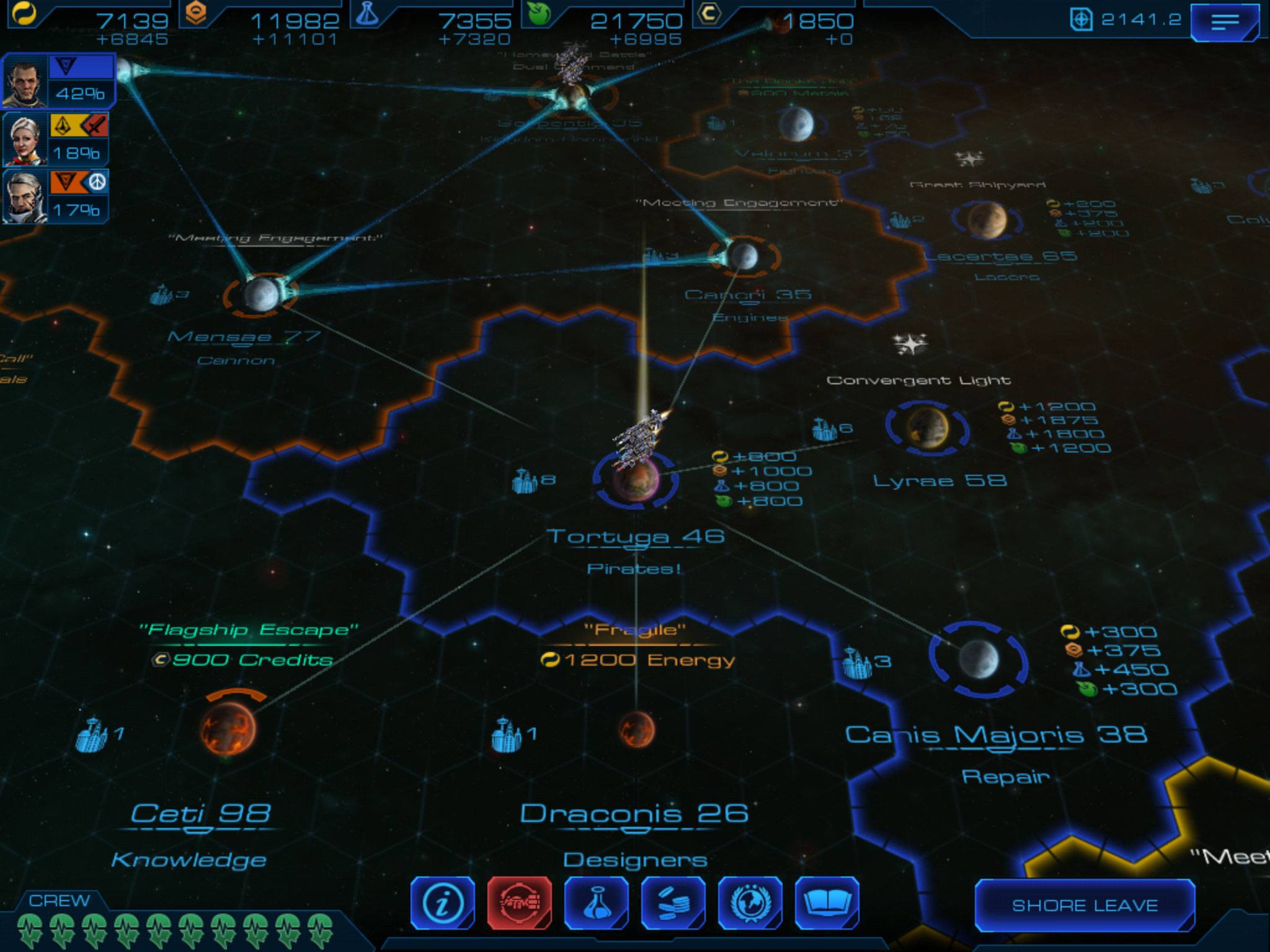
Initially though, the fights you’ll pick won’t be with neighboring warlords. As the game begins, you’ll want to spread your influence throughout the galaxy to bring new planets into your federation. This means visiting them and, usually, engaging in a small battle on their behalf. Maybe they have a problem with pirates, or maybe they need your help escorting a cargo ship to a warp hole. Success in these missions earns you one point of influence. Make your way to four points and the planet is yours.
The battles themselves are, in my opinion, the real meat and potatoes of what Sid Meier’s Starships has to offer. Each fight takes place on a large, hexagonal grid that’s littered with planets, asteroids, and warp holes. (And let’s not forget enemy starships).
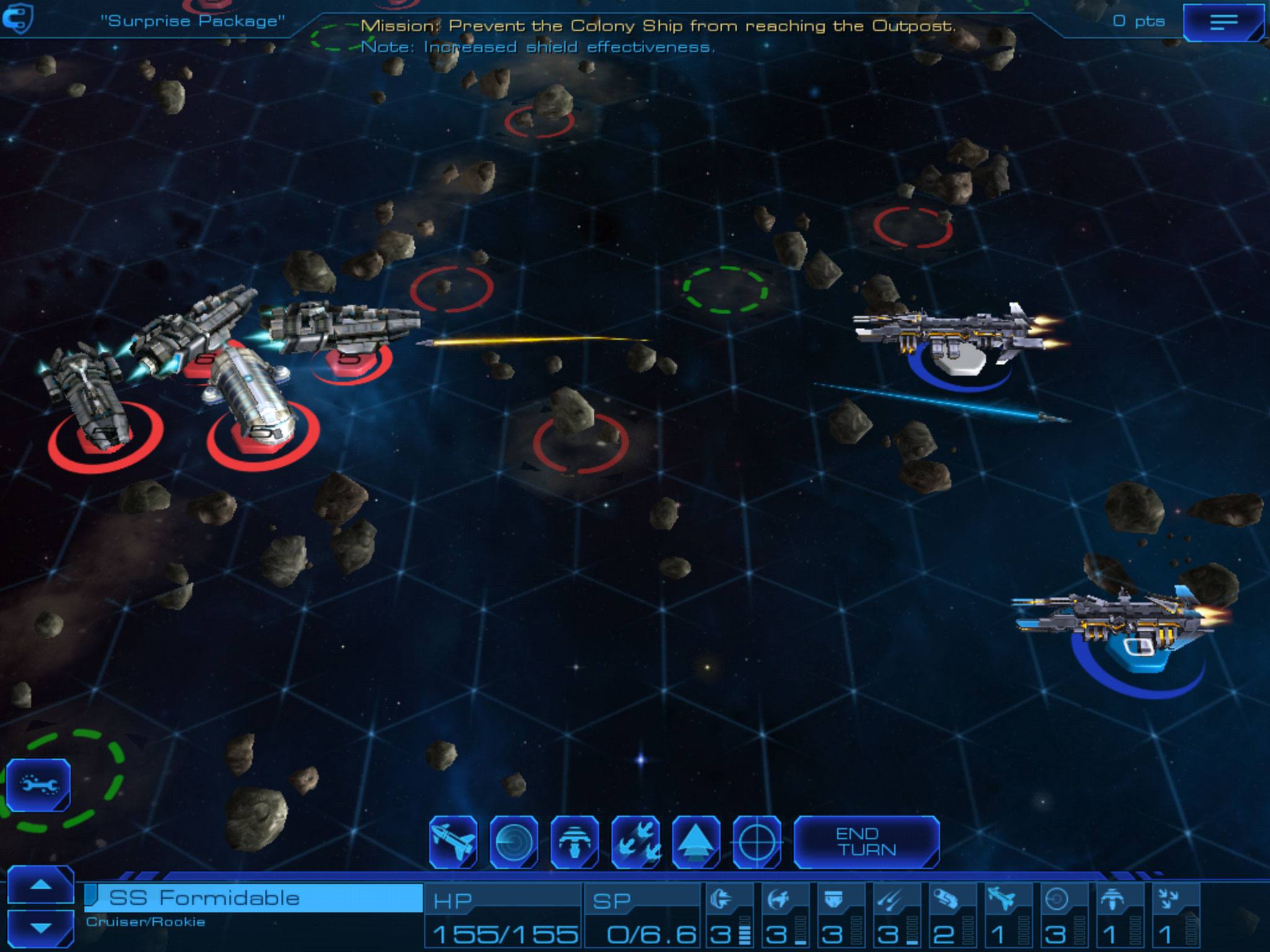
You’ll be able to maneuver your ships behind planets and asteroids to take cover, adding a vital element of strategy to ship movement. Ships are weakest from behind, so again, getting into position (and protecting your own ships) plays a pivotal role in every battle.
Your weapons systems will vary in strength and type based on the upgrades you’ve chosen, with lasers offering great long-range capabilities and cannons doing well up close. Torpedoes offer a neat twist on play — you’ll manually aim them and they’ll sail across the galaxy, turn after turn — until you decide it’s time to detonate them.
Add in the ability to spawn a small group of fighter ships, use a stealthy cloaking device, and use sensors to find opposing ships that are doing the same, and you’ve got an incredible bag of tricks to draw from in every battle.
In short, you’ll be Space Genghis Khan.
Despite the variety of options at your disposal, influence-based missions never last more than a few minutes. But if you decide to go to war with another galactic empire? Be prepared for a long haul.
Attacking planets controlled by other players means fleet-vs-fleet combat, and the defending fleet will often have support from the planet below (so long as the appropriate improvements were purchased beforehand). Lengthy, epic battles like this are the best moments Sid Meier’s Starships has to offer, but if you’re the impatient type, be forewarned: they can easily last 30 minutes or more.
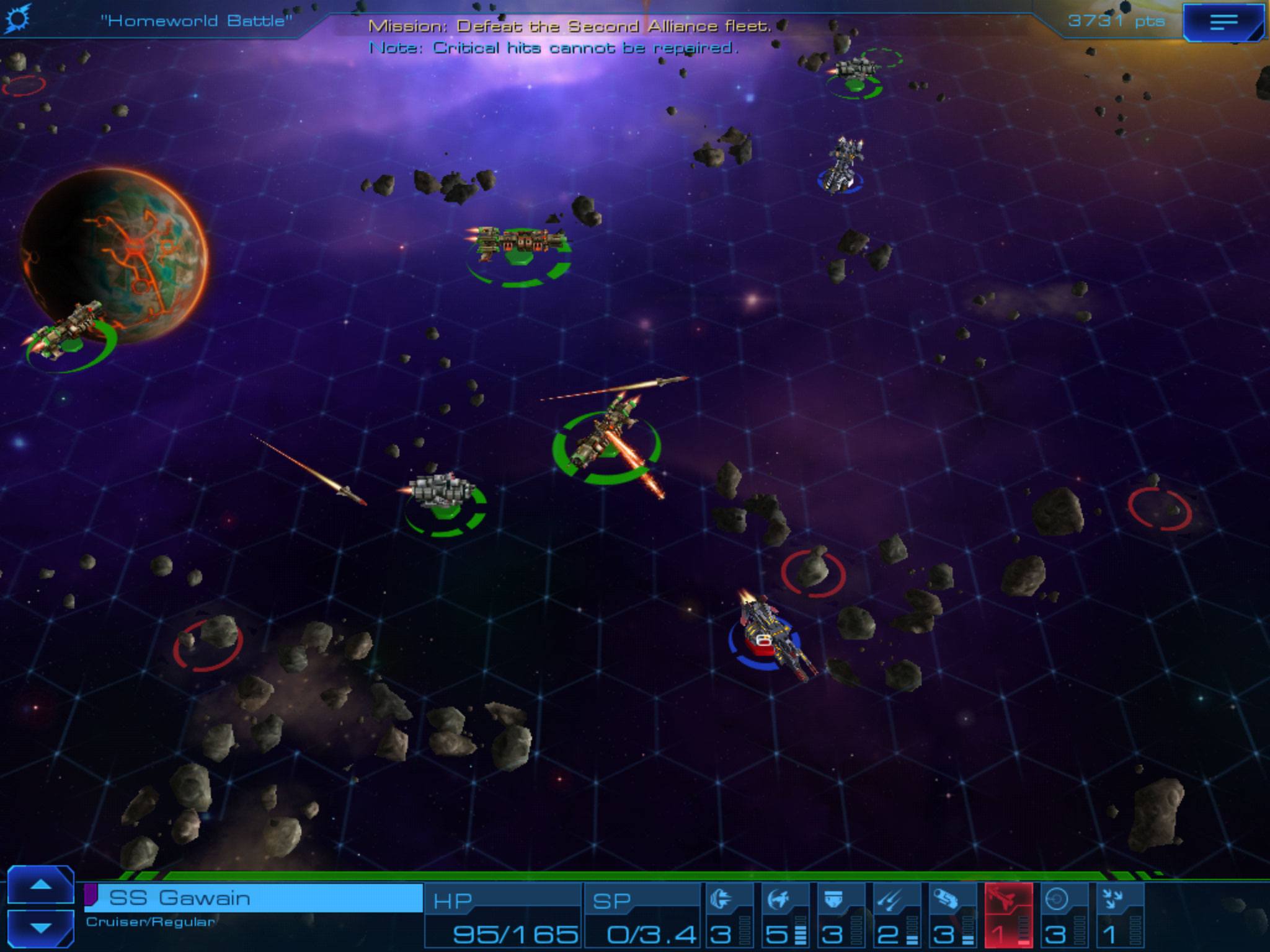
When played on the small and medium maps (I haven’t had the courage to go bigger quite yet), this can lead to overall game sessions of 2-3 hours. And while I won’t be surprised if some mobile gamers consider the play sessions too long (or if some Civilization gamers deem them too short), the 2-3 hour length really hits a sweet spot here. Games of Starships don’t need to go on forever, but they’re not so short that they lack substance.
All of that said, you can save your progress and put your iPad down at any time… but would you want to?
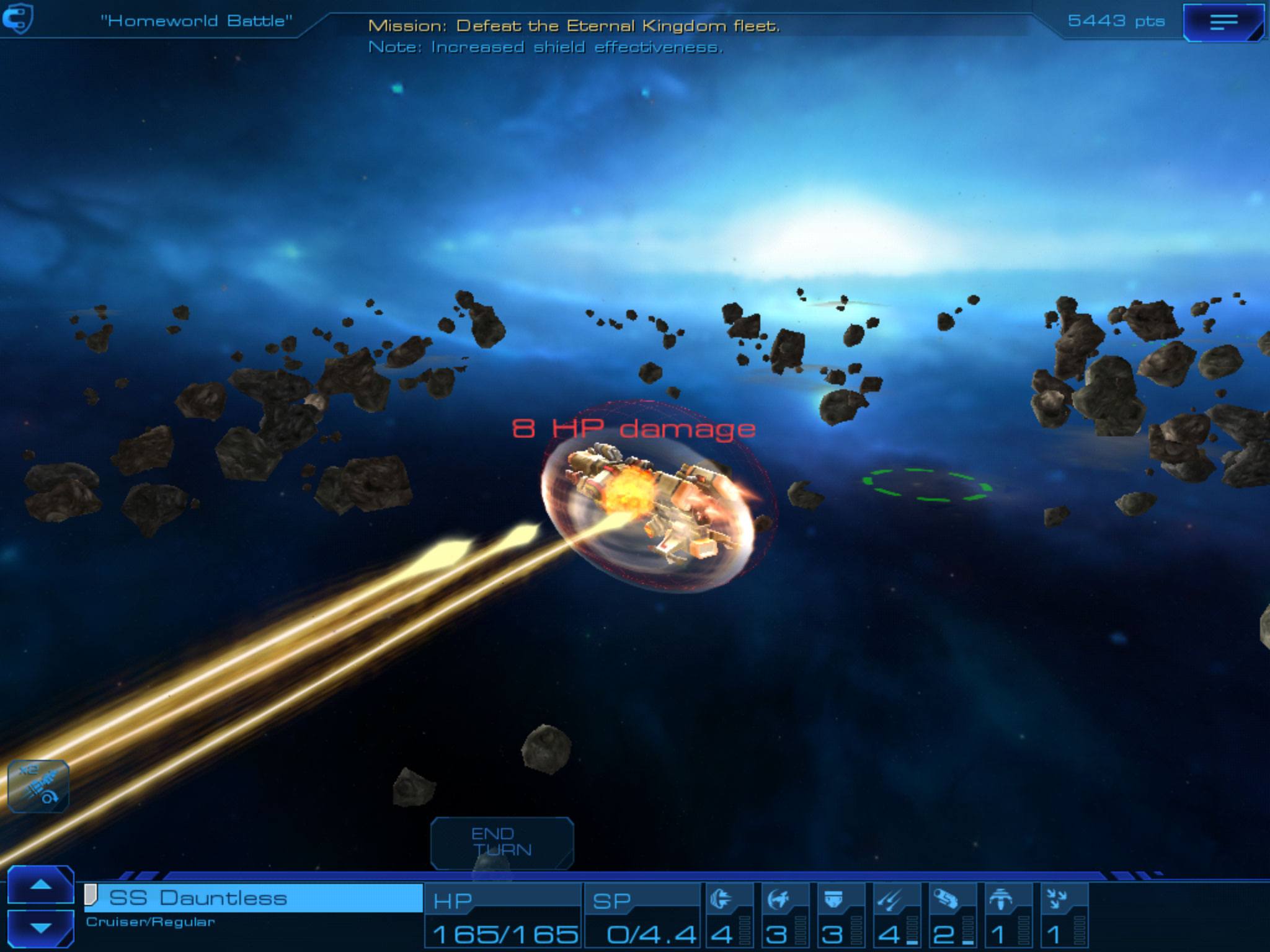
As a fan of Sid Meier’s strategy games, I approached Starships with a nervous excitement. Nervous, because not every game with his name on the box has been as good as I’ve hoped it would be, but excited for the potential I saw in it.
Sid Meier’s Starships lives up to its potential.
If you’re a fan of strategy games – even if your experience with them begins and ends with Civilization – consider Sid Meier’s Starships an absolute must buy.

The good
- Starship battles are appropriately epic, well-balanced, and satisfying
- Draws on Civilization as inspiration, but not influence
- The competition for spaceward expansion forces you to really think about every next move

The bad
- There's enough of a learning curve that a better tutorial would be of value to some players
More articles...
Monopoly GO! Free Rolls – Links For Free Dice
By Glen Fox
Wondering how to get Monopoly GO! free rolls? Well, you’ve come to the right place. In this guide, we provide you with a bunch of tips and tricks to get some free rolls for the hit new mobile game. We’ll …Best Roblox Horror Games to Play Right Now – Updated Weekly
By Adele Wilson
Our Best Roblox Horror Games guide features the scariest and most creative experiences to play right now on the platform!The BEST Roblox Games of The Week – Games You Need To Play!
By Sho Roberts
Our feature shares our pick for the Best Roblox Games of the week! With our feature, we guarantee you'll find something new to play!Type Soul Clan Rarity Guide – All Legendary And Common Clans Listed!
By Nathan Ball
Wondering what your odds of rolling a particular Clan are? Wonder no more, with my handy Type Soul Clan Rarity guide.







